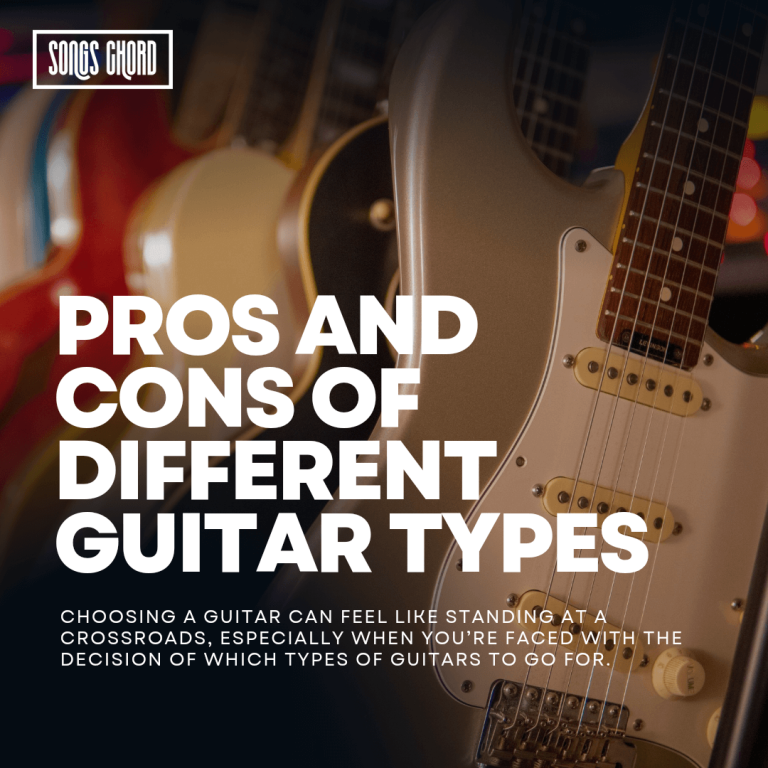Are you a music lover looking for a platform to share your thoughts and opinions? Look no further! Write For Us!

How to Choose the Perfect Guitar for Your Playing Styles | Expert Tips
I remember the first time I walked into a guitar store, thinking I was ready to buy my dream instrument. The walls were lined with hundreds of guitars, each one more beautiful than the last. But after about 15 minutes, my excitement turned into confusion. I mean, how was I supposed to pick just one? I was confused, How to choose the perfect guitar For your playing styles?
I knew the basics—electric, acoustic, maybe even a bass—but beyond that, I was lost in a sea of strings and wood. I guess, you are landed in this article, so that means, you might be also wondering how to choose the perfect Guitar for your playing styles? Right? So, let’s break it down.
Understanding Your Musical Preferences
The first thing you’ve gotta ask yourself is: What kind of music do you want to play? It sounds simple, but trust me, it’s a game-changer. If you’re dreaming of shredding like Slash, an acoustic guitar isn’t going to cut it. On the flip side, if you’re into folk or indie music, an electric might feel out of place.
This was one of the first lessons I learned after bringing home an electric guitar, only to realize that most of what I wanted to play was acoustic stuff—talk about buyer’s remorse!
Matching Guitar for Your Playing Styles
Next up, think about your playing style. Are you a fingerpicker, or do you mainly strum? Do you prefer a light touch, or do you go at it with the energy of a rock concert? If you’re into fingerpicking, you might want a guitar with a wider neck to give your fingers more room to move around.
I didn’t realize this until I tried playing intricate patterns on a narrow-necked guitar and kept fumbling the notes—super frustrating. For strumming, though, a slightly narrower neck might actually help you move between chords faster.
Considering Guitar Body Size and Comfort
Let’s not forget about body size. This one’s huge—literally. A jumbo guitar might have an amazing, rich sound, but if it feels like you’re hugging a small elephant every time you play, it’s not the right fit. I learned this the hard way.
My first acoustic was a dreadnought, which sounded amazing but felt bulky. After a few months of struggling, I switched to a concert-sized body, and it made a world of difference. Now, I can play for hours without feeling like I’ve been wrestling a bear.
Choosing the Right Wood for Your Sound
Then there’s the material. The type of wood used in a guitar isn’t just about looks—it seriously affects the sound. For instance, a guitar with a spruce top will have a bright, clear tone, while mahogany gives a warmer, richer sound.
I once had a guitar with a cedar top, and while it sounded amazing for soft, fingerstyle playing, it didn’t hold up as well when I started strumming harder. So, match the wood to your playing style and musical genre. It might take a bit of research, but it’s worth it.
The Importance of Guitar Action and Playability
Now, let’s talk action. No, not the superhero kind—the distance between the strings and the fretboard. If the action is too high, your fingers will feel like they’re in boot camp after just a few minutes of playing. But too low, and you’ll get a nasty buzzing sound.
I had a guitar where the action was so high that I ended up avoiding certain chords just because they were too painful to play. I eventually had it adjusted, and it was like playing a whole new instrument.
Why Testing Before Buying is Crucial
One more thing—don’t underestimate the power of a test run. Seriously, spend some time with different guitars before making a decision. I know it’s tempting to order online, especially with all those flashy deals, but nothing beats the feel of a guitar in your hands.
Play the same song on a few different models, and you’ll start to notice the differences in sound and comfort. I once fell in love with a guitar online, only to try it in person and realize it just didn’t feel right. Trust your gut on this one.
So, whether you’re looking for something to strum around the campfire or to rock out on stage, the key is finding a guitar that fits your playing styles like a glove. Don’t rush the process—take your time, try out different styles, and pay attention to how each guitar feels and sounds.
And remember, it’s okay to make mistakes along the way. Each one brings you closer to finding that perfect match.
We Recommend:
Top 10 Must-Have Guitar Accessories You Didn’t Know You Needed
The Pros and Cons of Different Types Of Guitars | Find Your Perfect Match



